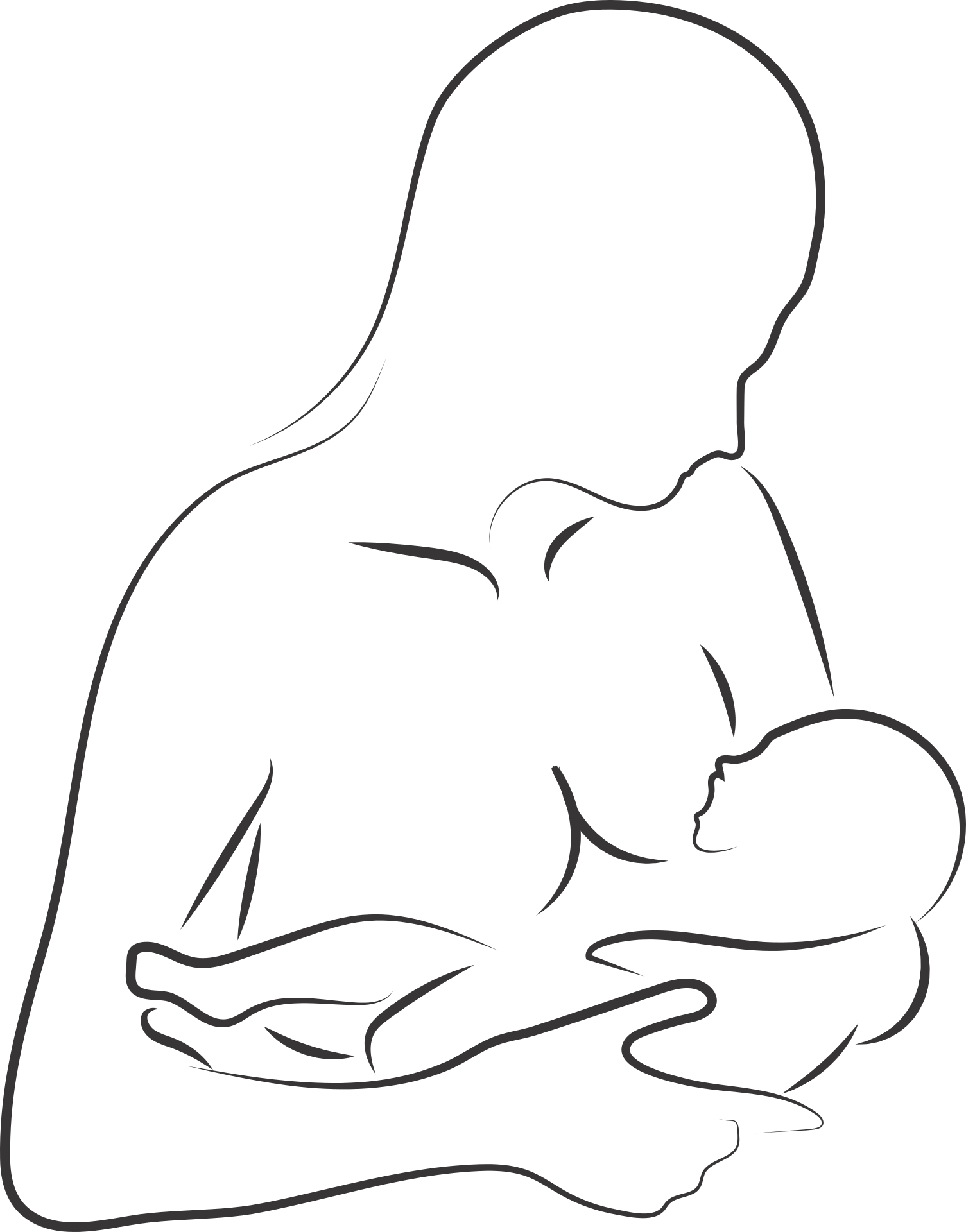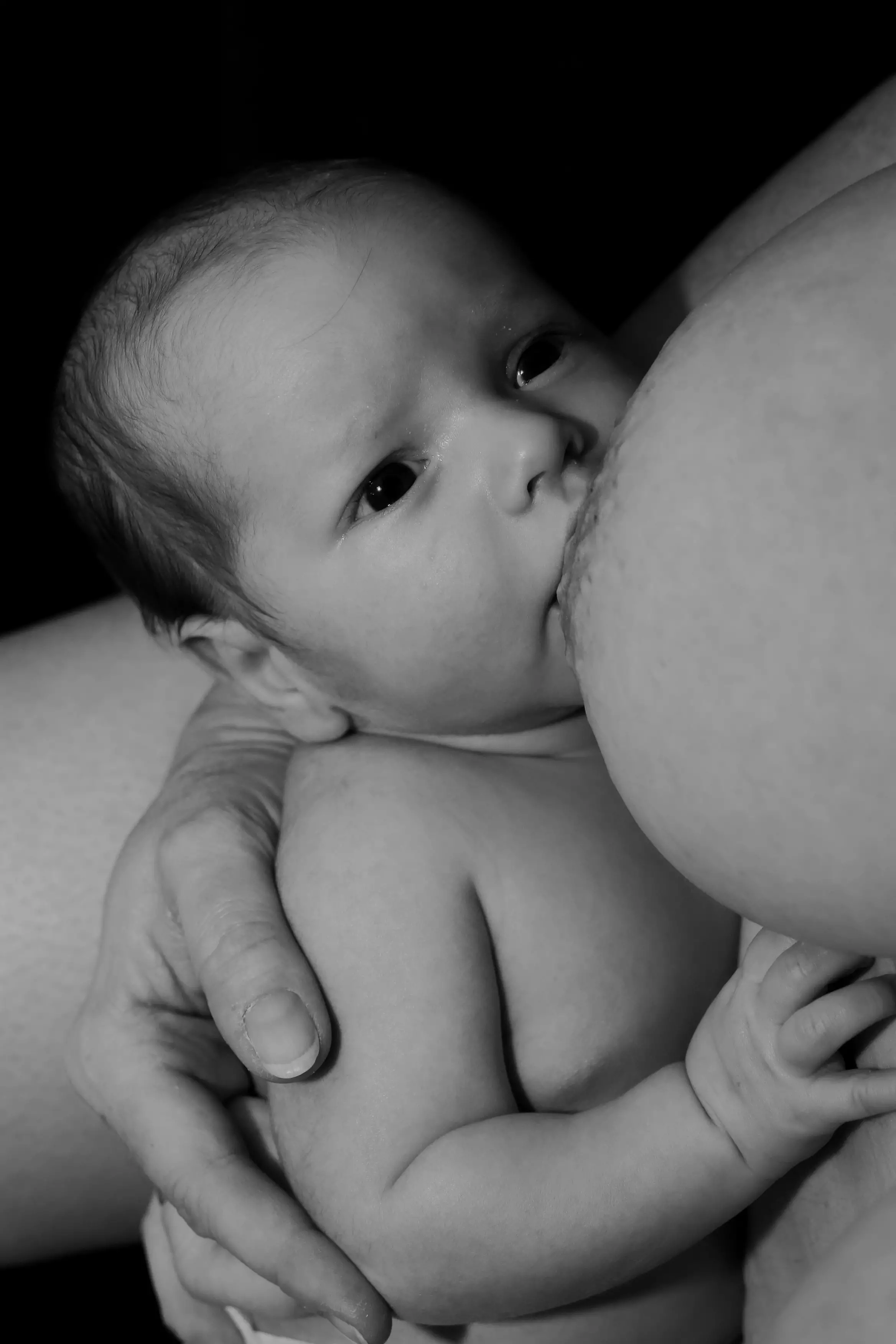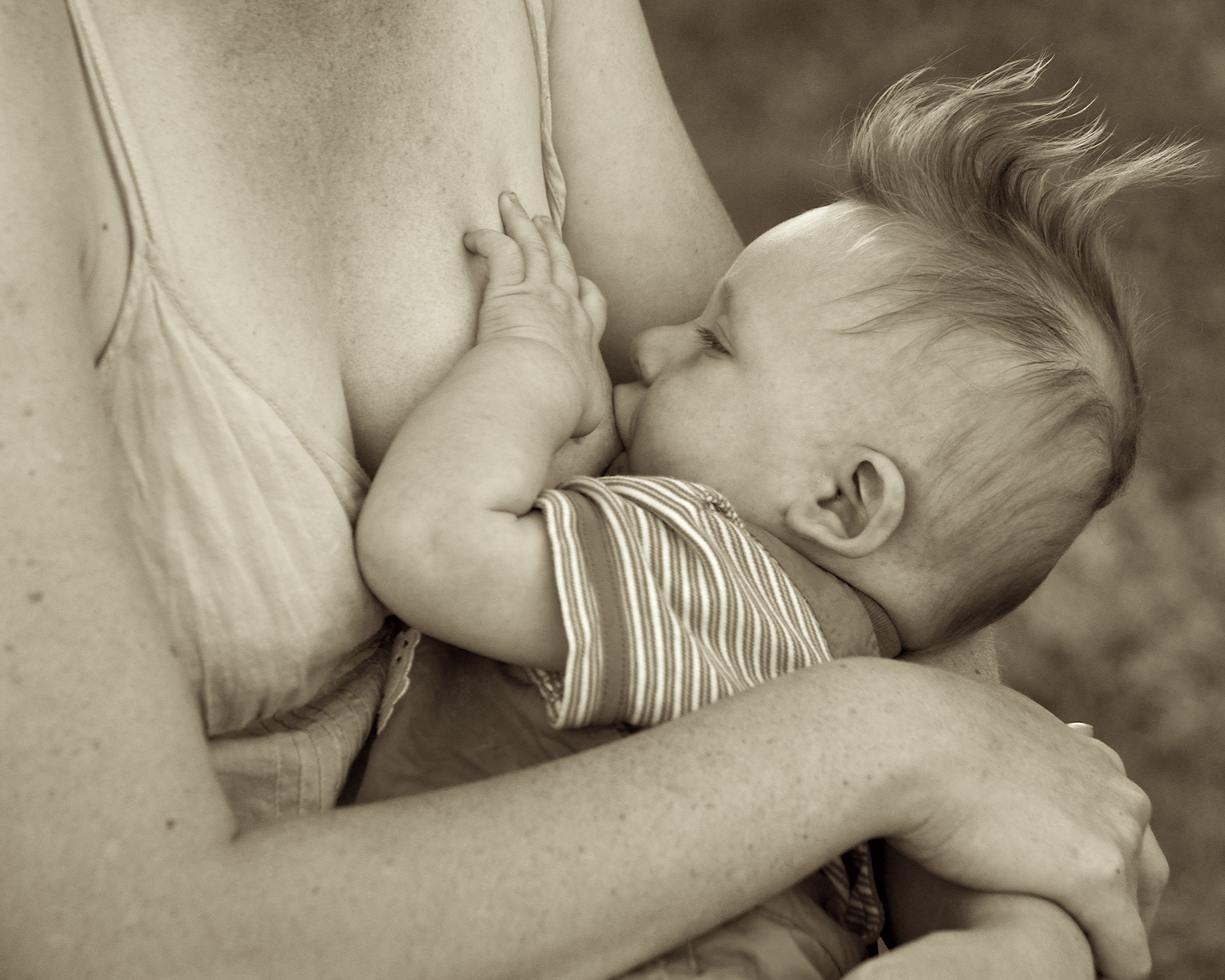Table of Contents
How to combine breastfeeding and pumping to increase your newborn baby’s supply? Here’s all you need to know.
Whether you’re a new mom or a skilled milk-maker who’s been out of the baby game for a while, your body’s milk supply will take some time to adjust.
And if you’re about to return to work, trying to increase your supply, or creating a breastmilk reserve, adding pumping to the mix will have its learning curve.
Remember that there is no one-size-fits-all technique for a pumping and breastfeeding routine, regardless of whatever group you fall into. Every Body and every baby is unique.
If your milk production is low or you need additional expressed milk for bottles, you may ask how to combine breastfeeding and pumping, whether it will enhance your supply, and if there are any downsides.
Don’t worry. We’ve got answers! Plus, if you combine breastfeeding and pumping, we have some tips.
How to Combine Breastfeeding And Pumping

The road to parenting may be both wonderful and exhausting. You’ve been anticipating the moment for months and holding your kid in your arms. The wonderful task of caring for your lovely kid has just begun.
Many mothers prefer to breastfeed their children. Breastfeeding is a healthy way to nourish your baby with the essential nutrition they require at a young age.
According to the American Academy of Pediatrics, infants should only receive breast milk during the first six months. Only about 25.8% of babies are only breastfed at 6 months, according to the Centers for Disease Control. Pumping can help keep milk supplies going for longer breastfeeding.
No matter how long you intend to breastfeed your child, there may be moments when you find it difficult to do it all on your own. When you pump your milk and store it for later use, other caregivers can help feed your baby. This can help ease some of the physical and mental tension you may be experiencing.
We’re going to give you tips on how to combine breastfeeding and pumping simultaneously to help you on your breastfeeding journey.
Why You Should Combine Breastfeeding and Pumping
You already know that breastfeeding is one of the best things you can do for your baby’s early growth. Pumping can be a big part of your experience with breastfeeding. Here are a few reasons why you should pump in addition to breastfeeding:
- Storage for the future: There may be occasions when you cannot breastfeed your child. This is particularly important if you work once the baby is born. Pumping produces a supply of breastmilk for others to use while you are away.
- Increases milk supply: Breastfeeding is a “supply and demand process.” Your body makes more milk the more your baby drinks. Pumping should make your breasts make more milk and feed your baby. If you are having trouble making enough milk, pumping can help.
- Improves comfort: When your breastmilk supply is at its peak, you may have painful, swollen breasts. Pumping can reduce that pressure if your baby is not yet ready to eat. This has the added benefit of preventing mastitis caused by clogged ducts.
- Overcoming breastfeeding issues: If you or your baby have physical problems that make it hard to breastfeed, like a cleft lip or inverted nipples, pumping can help you get around some of those problems and ease some of your stress.
How Should I Breast Pump?

Hand expression, often known as hand pumping, stimulates colostrum and milk production early on. Most women who pump must use an electric breast pump because the manual expression does not normally produce enough milk to nourish a baby after the first week or so of life.
Selecting a breast pump based on your primary pumping goals is important. Using a basic, non-electric hand pump for occasional engorgement relief is fine.
Mothers who are pumping for premature newborns or unwell babies in the NICU may frequently need to rent a hospital-grade dual electric pump to start and sustain their breast milk supply.
A double electric pump is required if you are pumping or want to pump regularly, as many moms do when separated from their baby at work. When you’re pumping away from your breastfed infant, it’s best to continue direct nursing when you get home.
In most cases, direct breastfeeding will help you maintain your milk supply better than pumping. This is because babies often receive more milk during a nursing session than mothers pump during a typical pumping session.
How Can I Keep My Milk Supply While Breastfeeding and Pumping?
If a mom pumps more often than she breastfeeds, she may find that her milk supply goes down. You can get around this by breastfeeding your baby as much as possible, “power pumping,” or pumping on one side while nursing your baby on the other. This can be done if your baby is “block feeding,” which means that he or she is only consuming from one breast at a time.
If you are pumping breast milk or feeding a baby on one side and not expressing from the other, you can use a manual pump, like the Motif Manual Silicone Pump, to collect milk dripping from the other breast. Silicone pumps work by gently sucking in extra milk, but they aren’t breasted pumps because they don’t drain the breast completely.
As a note, these should not be used as a mother’s main pump. They should only be used as an extra tool. When used as the main breast pump, these manual silicone pumps can increase the risk of engorgement, clogged milk ducts, and too much milk.
“Power pumping” is a common way to get more milk from your breasts. For power pumping, you have to pump for an hour straight. One of the simplest techniques is to pump for 20 minutes, take a 10-minute break, then pump for 10 minutes, take a 10-minute break, and then pump for another 10 minutes.
Pumping for a baby who can’t latch (because they were born early or has another problem with feeding), a lot of “skin-to-skin” contact between pumping sessions can help raise the supply of breast milk. When you cuddle and hold your baby, hormones like oxytocin will rise, which will help you make more breast milk for your baby.
7 Tips for Effective Breastfeeding and Pumping
Whatever your motivation for wanting to combine breastfeeding and pumping, it is an excellent one. Consider the following 7 tips to help you succeed.
- BREASTFEED FIRST
Feeding your infant before pumping is critical in increasing your milk supply. When your baby is full, begin pumping to empty your breasts. This will give your body enough time to replenish before the next feeding.
The more breast milk you pump, the more milk your body produces. Pump as frequently as you can to help build up your supply. Pump for at least 15 minutes when you do pump. If you are away from your baby for an extended period, make sure you pump every few hours to replicate your baby’s feeding patterns.
- THINK ABOUT YOUR BABY
Pumping can make you nervous, especially in an unfamiliar environment. Unfortunately, this can make it more difficult to be upset. Look for a comfortable, quiet spot to pump. You should try to relax and think about your baby to increase the release of your milk. Many mothers keep a photo of their child with their pumping gear and glance at it while pumping. Other mothers film videos of their children. Hunger cries, in particular, can precipitate a fast let-down.
- USE EFFECTIVE TECHNIQUES
In addition to pumping often, there are other ways to make pumping more effective.
If you use a Double breast pump to pump both breasts simultaneously, you can make more milk and pump in half the time. If you observe that your milk flow is slowing down, gently massaging your breasts can make you let out more milk and help your breasts empty better.
- BREASTFEED ON-DEMAND WITH YOUR BABY
Continue breastfeeding as usual when you are with your baby. Your infant can empty your breasts better than any breast pump. Inform your caregiver not to feed the baby within an hour of your return so that you can nurse your baby as soon as you come home.
- STAY HYDRATED
If you don’t drink enough water, your body won’t be able to make enough breast milk. Drink enough water all day, especially before breastfeeding or using a breast pump. Most nutritionists say that mothers who are breastfeeding should drink about 16 cups of water a day. This fluid can come from water, milk, food, juice, or other drinks.
- USE PROPER BOTTLE-FEEDING TECHNIQUES
Feeding your infant is an excellent opportunity to bond. Breastfeeding provides a close bonding experience.
By employing proper bottle-feeding procedures, other caregivers can have a similar experience. Bottle feeding a baby is typically done by laying the baby back and holding the bottle at a higher angle.
This can result in the milk pouring into the infant’s mouth rather than the baby having to suck to acquire the milk. A more upright-paced feeding strategy can more closely resemble breastfeeding.
You should also use breastfeeding-friendly bottles and nipples. Slow-flow nipples require the baby to suck harder to acquire the milk than standard flow nipples. It will make the baby’s transition from breast to bottle more natural.
If a breastfed baby becomes comfortable with having high-flow nipples, they may refuse to take the breast.
How often should mothers pump when breastfeeding?

The frequency you pump while breastfeeding is mostly determined by your body, lifestyle, and your baby’s nutritional requirements. However, if you’re just starting out with a pumping routine, adding sessions will help.
When you combine pumping into your routine, begin with one session each day. After your body gets adjusted to this pumping session, which normally takes about a week, you can try adding an extra session in the evening after the baby goes to bed or any time during the day that works for you. If feasible, add sessions gradually, allowing your body to adapt a few days to a week before adding another.
In general, it’s a good idea to pump for every missed or skipped breastfeeding session to keep your milk production up and in sync with your baby’s feeding needs. A newborn may require feeding every one to 3 hours, whereas an infant may require feeding every 3-4 hours. A baby may feed every hour or so during cluster feeding.
How can mothers alternate between breastfeeding and pumping?
Many mothers feel that pumping during or immediately following a feeding session is beneficial. Perhaps you have a feeding pattern in which your infant only feeds from one breast. If this is the case, you can pump on the other side while the baby feeds.
Sometimes babies feed on both breasts but do not empty all available milk. Pumping immediately after a feeding session allows you to benefit from the let-down caused by the baby’s feed. You can also schedule pumping sessions whenever your baby goes for a lengthy period without feeding, like during sleep time.
In terms of how long you should pump, aim for 15 to 20 minutes hooked up to the pump. Depending on your body’s milk supply, it may take less or more time. Pump until your breasts feel well-drained, at which point the milk will most likely have slowed.
Important: Remember to clean the breast flanges of your pump after each use.
How long after pumping can mothers breastfeed?
Pumping might feel like another task to add to the list. Giving your body a break between breastfeeding and pumping will help maximize the amount of breastmilk expressed, saving you time and energy.
Everybody’s situation is different, but you should give your body at least an hour after pumping to prepare for another feeding session.
What kind of breast pump do I need?
Breastfeeding mothers have two alternatives for pumping: manual or electric. Manual pumps involve more physical work but are usually less expensive, making them ideal for the occasional pumper. Electric pumps, on the other hand, assist you in getting the job done quickly and save time if you pump daily.
Is it OK to pump just once a day while breastfeeding?
Any mother who has struggled to find the most comfortable breastfeeding position is probably aware that pumping may be equally uncomfortable without a proper setup. And a hands-free pumping bra can only go so far, so pumping more than required isn’t on most mothers’ wish lists, leaving many wondering if it’s OK to pump only once daily.
There is no “magic number” for everyone, no matter how many times you do it per day. Try not to let the pressure of pumping get to you. It’s important to figure out what works best for you and your family.
What are the benefits and downsides of combining breastfeeding and pumping?
Potential benefits
- boosting the amount of milk produced by your breasts
- additional expressed breast milk for times of separation or illness
- easing engorgement pressure and assisting in the prevention of blocked ducts
- encouraging your kid to accept bottle feeding so that they do not have to rely only on breastfeeding
Potential downsides
- If the extra pumping increases your supply, you could have problems like clogged ducts, engorgement, and mastitis.
- Milk can deteriorate if not handled and stored properly.
- More pumping means more things to sterilize to keep bacteria at bay.
- Pumping supplies are an added expense.
- Because the suction lasts longer, your breasts or nips may hurt more.
If any specific health problems or complications arise when you combine breastfeeding with pumping, you should consult your doctor or your child’s pediatrician.
Final words
If your milk supply isn’t as high as you or your baby would like, you can combine breastfeeding and pumping simultaneously. Pumping after breastfeeding can also help you save breast milk for bottles when you need more sleep or must be away from your baby for a long time.
Schedules for breastfeeding and pumping can change based on many things, so you might want to talk to a lactation consultant about your condition.
If your breasts hurt or your milk supply is too high for comfort, you should talk to a lactation professional. Their help can make it easier and more comfortable for you to breastfeed and pump. It’s important to keep in mind that everyone has a different experience!
You might find that you love breastfeeding and pumping simultaneously, or you might decide that it’s like jelly and peanut butter: too good to be true. It’s fine to feel the way you do. When it comes to how to feed a baby, there is no one right answer. Now that you know how to combine breastfeeding and pumping let’s answer some of your additional questions.
How to combine breastfeeding and pumping: More FAQs
Is it OK to pump and breastfeed at the same time?
Yes. Getting this right will take some practice, though. You can let your baby nurse on one side while you pump on the other.
How long should you wait between pumping and nursing?
A lot of moms get the most milk in the morning. Pump for 30 to 60 minutes after nursing or at least one hour before nursing. This should give your baby plenty of milk at the next feeding. If your baby wants to nurse right after you’ve pumped breast milk, let them!
Should I pump after every feeding?
You can also try pumping every two hours between feedings if your baby has started to spread her feeds out to once every 4 hours. This will enhance your milk supply and provide you with lots of breast milk to keep.
Does pumping make you lose weight?
If you only pump, you may lose some of the weight you gained during pregnancy. Women who pump milk can burn up to 500 extra calories a day. But remember that you’ll need to eat a lot to replace the burnt calories and keep your energy up.
Is exclusively pumping harder than breastfeeding?
Exclusive pumping is more difficult than breastfeeding. Pumping, bottle feeding, and sterilizing equipment while handling a hungry newborn can be time-consuming and overwhelming. Being tethered to a pump regularly can be restrictive, particularly while away from home.


